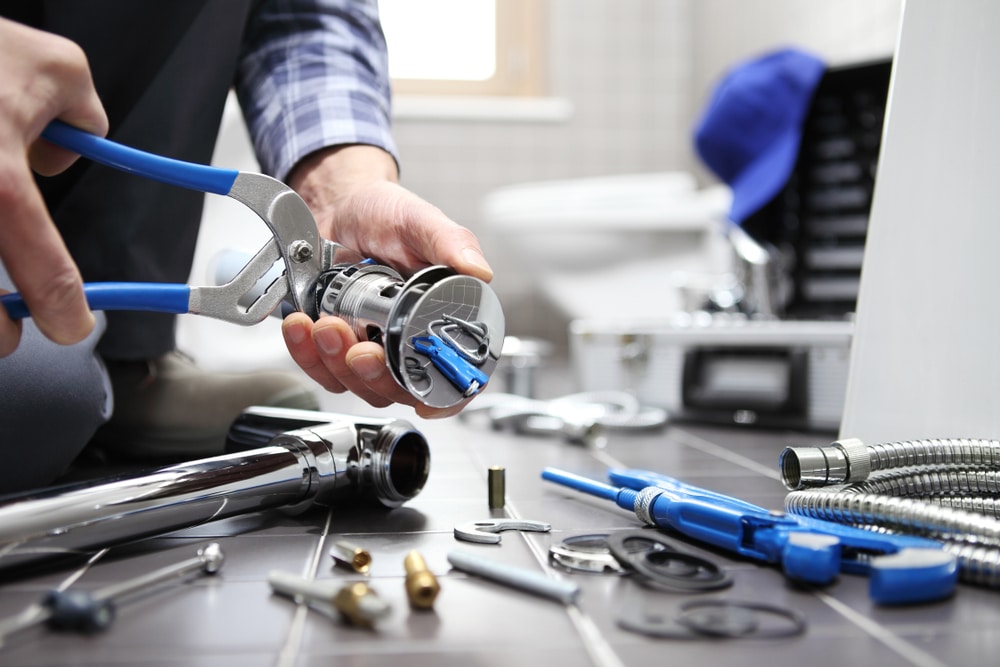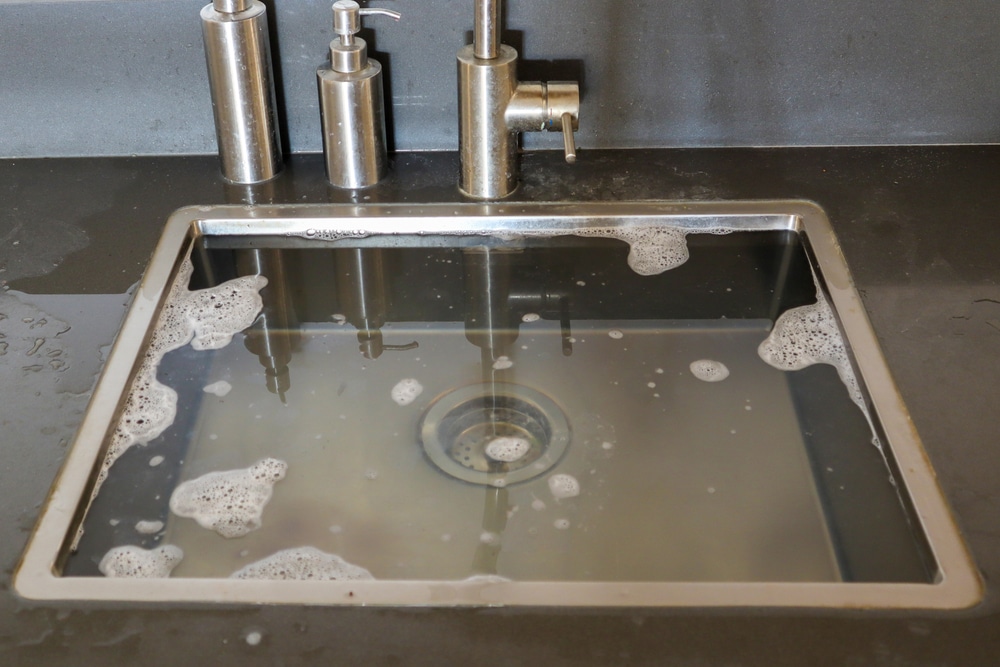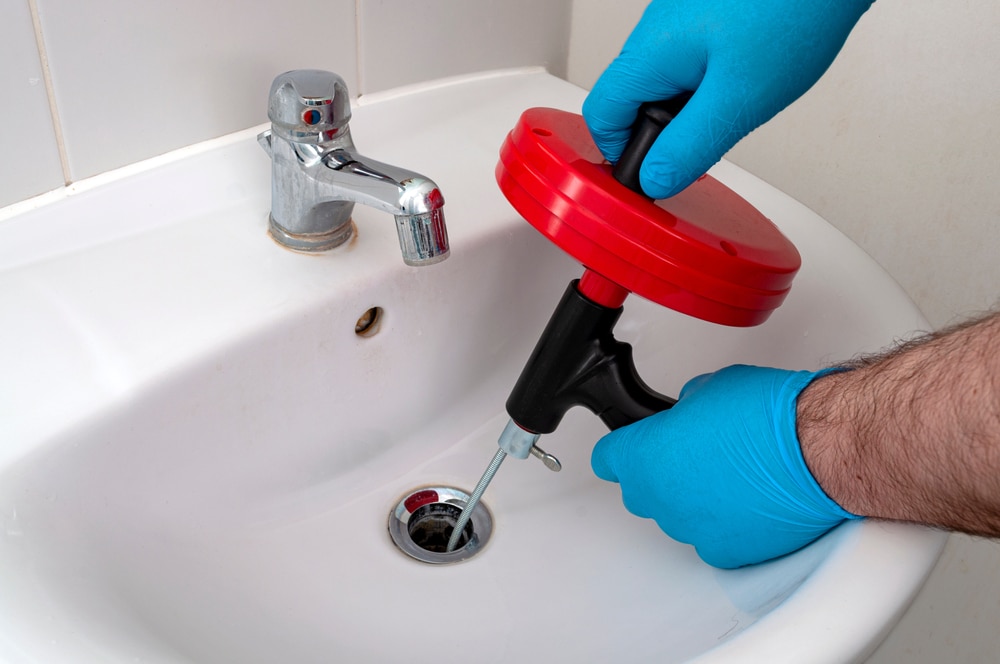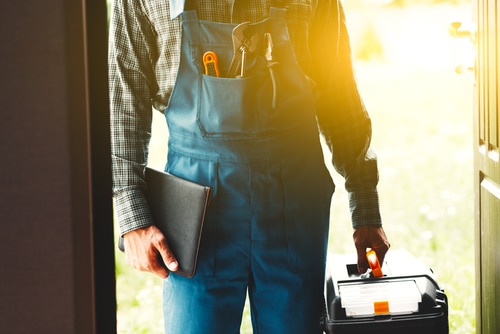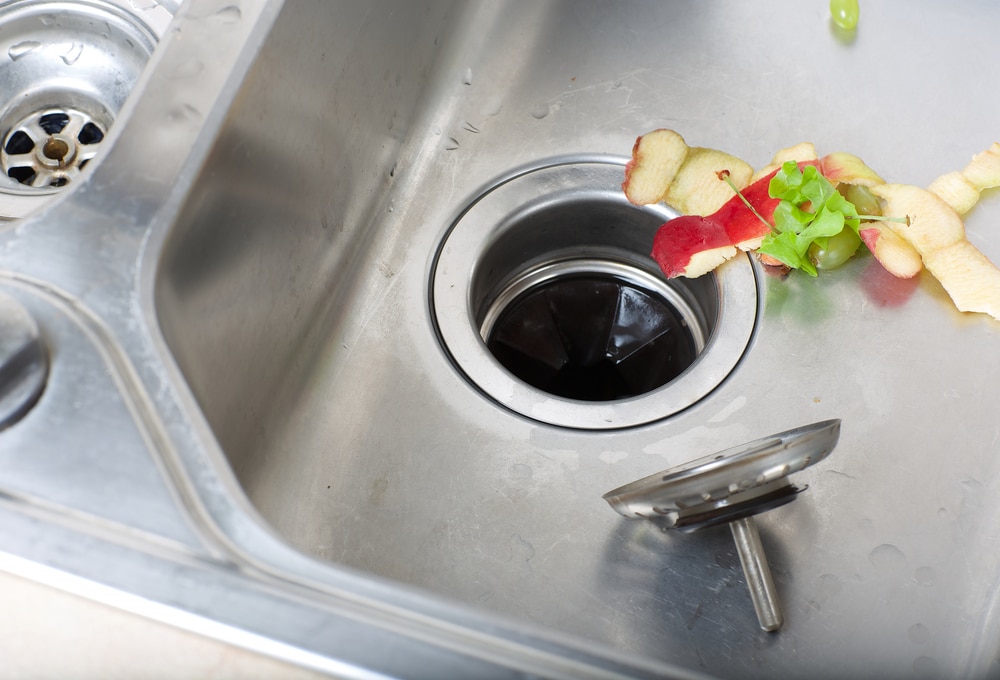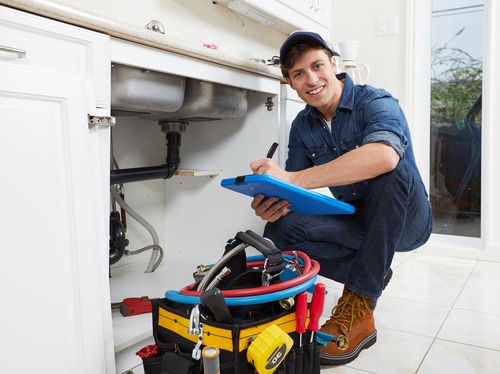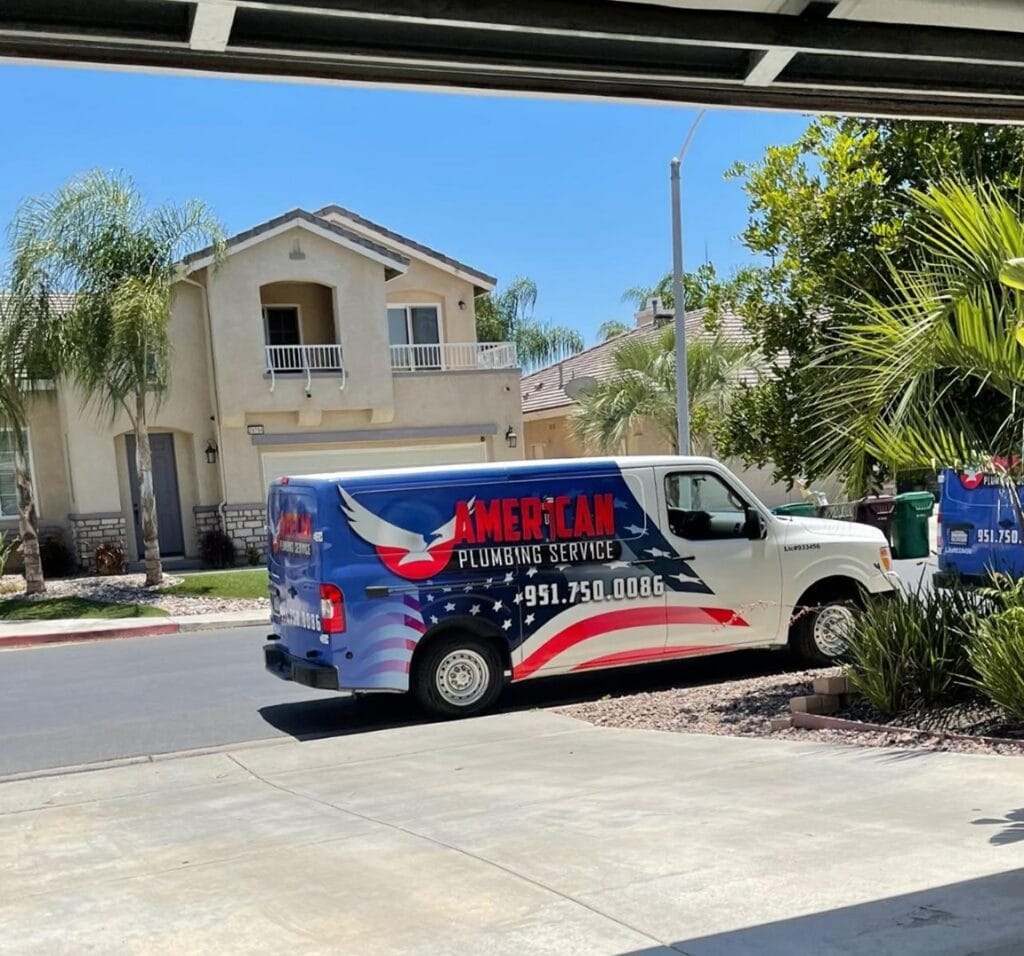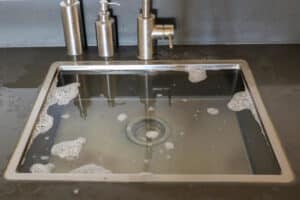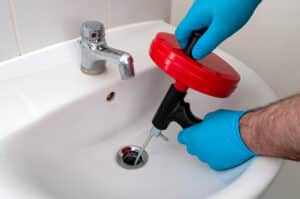As one of the most frequently used fixtures in any home, a faucet is prone to experiencing a range of issues over time. From dripping to low water pressure, these problems can be frustrating to deal with and may even lead to higher water bills or water damage if left unaddressed. In this post, we’ll explore some of the most common faucet problems and offer step-by-step instructions for how to fix them.
- Leaking Faucet: One of the most common faucet issues is a leak. Whether it’s a steady drip or a constant stream of water, a leaky faucet can waste a significant amount of water over time. Fortunately, fixing a leaky faucet is often a simple task. To start, turn off the water supply to the faucet by shutting off the valves under the sink. Then, remove the handle and the packing nut to expose the stem. From there, you can replace any damaged parts, such as the washer or O-ring, or clean the components with a wire brush before reassembling everything.
- Low Water Pressure: If your faucet is producing a weak stream of water, it’s likely that you’re dealing with low water pressure. This can be caused by a variety of factors, including clogs or debris buildup in the aerator, a faulty valve or cartridge, or a problem with your home’s water supply. To address this issue, start by removing the aerator and cleaning any sediment or debris. If that doesn’t solve the problem, you may need to replace the valve or cartridge, which can be a more complex repair requiring the help of a professional plumber.
- Dripping Faucet: Similar to a leaky faucet, a dripping faucet can waste a significant amount of water over time. However, this issue is often caused by a worn-out washer or cartridge that needs to be replaced. To fix a dripping faucet, start by turning off the water supply and removing the handle. From there, you can replace the damaged parts and reassemble the faucet.
- Noisy Faucet: If your faucet is making a loud, annoying noise every time you turn it on or off, it’s likely that there’s a problem with the washer or valve. To fix this issue, start by turning off the water supply and removing the handle. From there, you can inspect the components for any damage or wear and replace them as needed.
- Corroded or Rusty Faucet: Over time, faucets can become corroded or rusted, which not only looks unsightly but can also cause the faucet to malfunction. To address this issue, you may need to replace the entire faucet, which can be a more involved repair. It’s often best to hire a professional plumber for this type of job, as they can ensure that the new faucet is properly installed and connected to your home’s plumbing system.
By following these simple steps, you can fix many of the most common faucet problems that homeowners face. However, if you’re not comfortable tackling a faucet repair on your own, or if you’re dealing with a more complex issue, it’s always best to seek the help of a professional plumber.
FAQs:
- How much water can a leaky faucet waste? A leaky faucet can waste hundreds or even thousands of gallons of water per year, depending on the severity of the leak.
- Can low water pressure be fixed without calling a plumber? In some cases, low water pressure can be fixed by cleaning the aerator or replacing the valve or cartridge. However, if the issue persists, it’s best to seek the help of a professional plumber.
- How often should I clean my faucet? It’s a good idea to clean your faucet regularly to prevent buildup of sediment or debris. You can do this by wiping down the exterior with a damp cloth and using a toothbrush to clean hard-to-reach areas. For best results, aim to clean your faucet at least once a week.
- How long should a faucet last before needing to be replaced? The lifespan of a faucet can vary depending on factors such as the quality of the fixture, how frequently it’s used, and how well it’s maintained. In general, a well-made faucet can last anywhere from 10-20 years before needing to be replaced.
- Can I fix a faucet without turning off the water supply? No, it’s important to turn off the water supply before attempting to repair a faucet. This will prevent any water from flowing while you’re working on the fixture, which can prevent water damage and make the repair process easier and safer.
knowing how to fix common faucet problems can save you time and money in the long run. By following the tips outlined in this post, you can tackle many faucet repairs on your own, or know when it’s time to call in a professional plumber. Remember to take proper safety precautions when working with plumbing fixtures, and always turn off the water supply before beginning any repairs.

